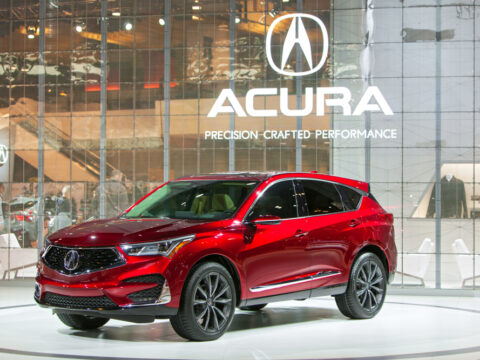Aviation history is filled with remarkable innovations and daring designs, but not all aircraft made it past the prototype stage. Some were groundbreaking, while others were just too ahead of their time. In this article, we’ll explore 15 unique prototype aircraft that never took off commercially, offering a glimpse into the fascinating world of aviation’s might-have-beens.
Contents
Convair Model 118 ConvAirCar
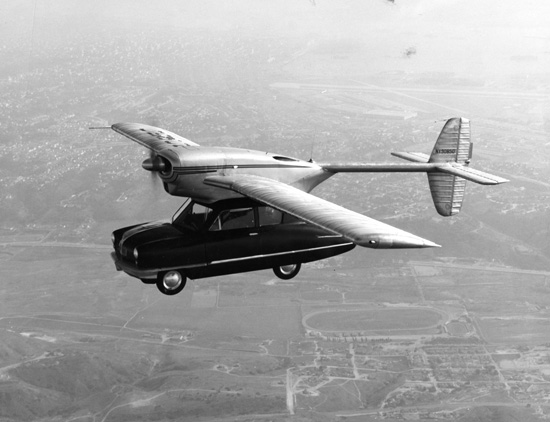
The Convair Model 118 ConvAirCar was an ambitious attempt to merge automobile and aircraft technology. Featuring a detachable airplane section that could be mounted on a car, it promised seamless travel by air and road. Despite its innovative concept and the allure of personal aviation, it faced numerous technical and safety challenges, ultimately never entering commercial production.
Lockheed L-2000
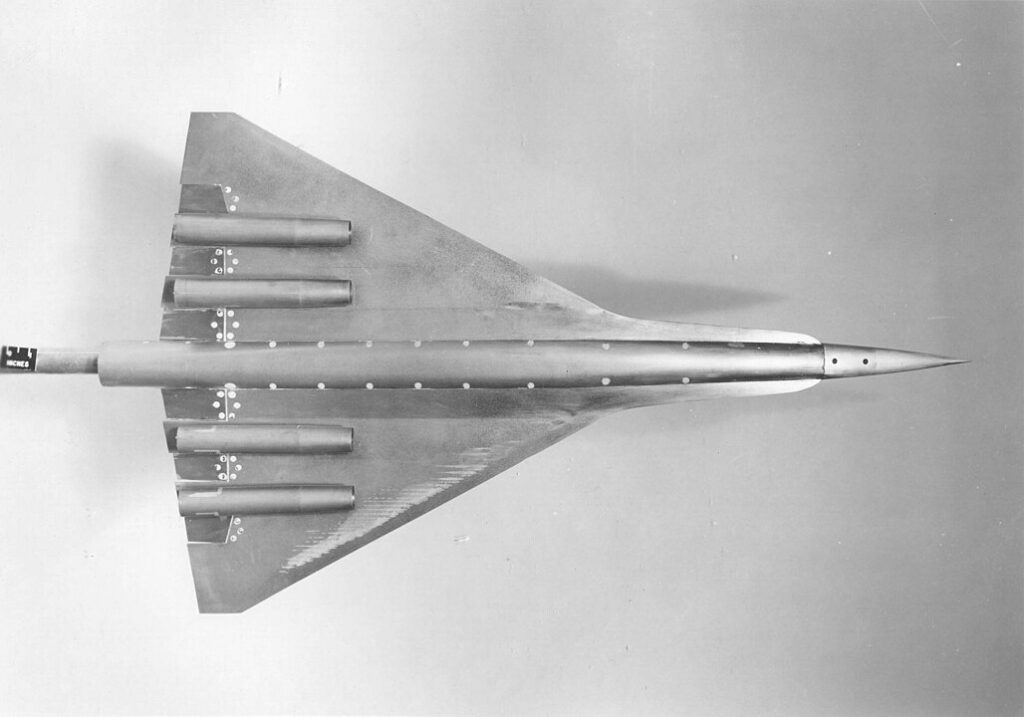
The Lockheed L-2000 was an American supersonic transport (SST) concept aimed at competing with the Concorde. Boasting a sleek design and advanced aerodynamics, it was expected to reduce transatlantic flight times significantly. However, due to high development costs, noise concerns, and environmental issues, the project was canceled before it could take off.
McDonnell Douglas MD-12
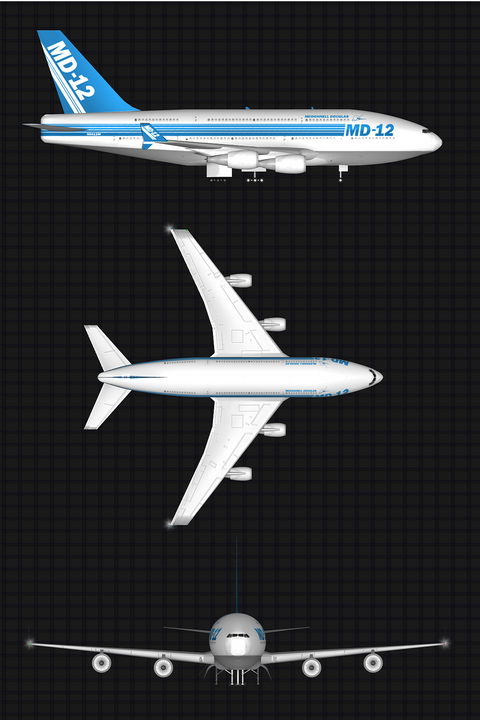
The McDonnell Douglas MD-12 was a proposed double-decker aircraft designed to rival the Boeing 747. It featured a spacious interior intended to accommodate more passengers and enhance comfort. Despite its potential, the MD-12 never advanced beyond the design phase due to financial constraints and market competition.
Boeing 2707
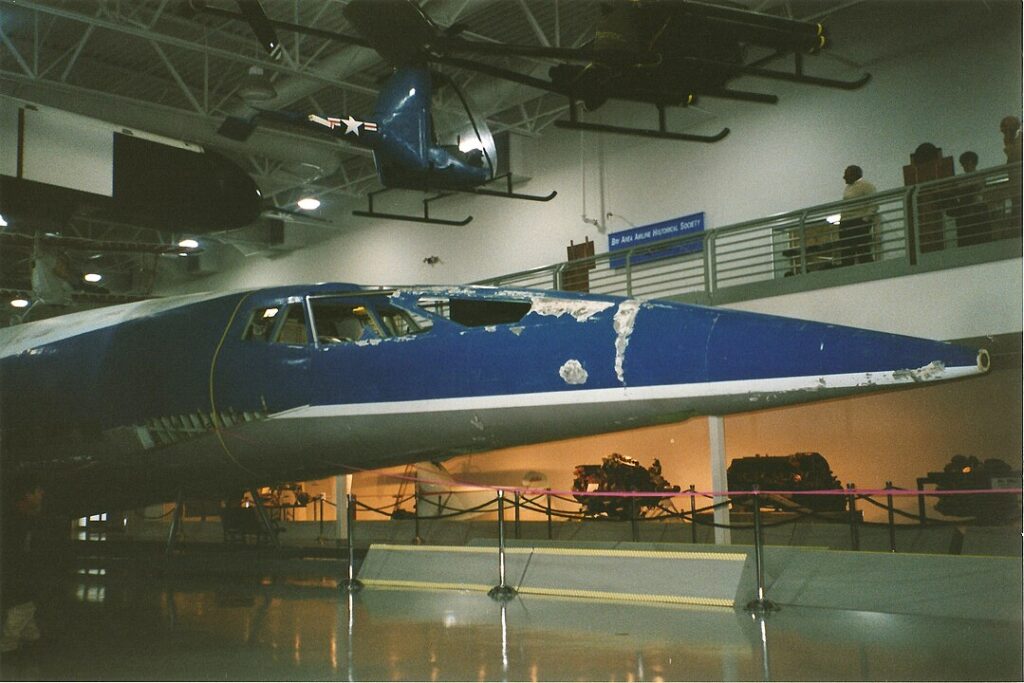
The Boeing 2707 was another ambitious American SST project, envisioned to fly at speeds of Mach 2.7. With a futuristic swing-wing design, it promised unprecedented speed and efficiency. However, skyrocketing costs and environmental concerns, along with dwindling public support, led to its cancellation in 1971.
Tupolev Tu-144LL
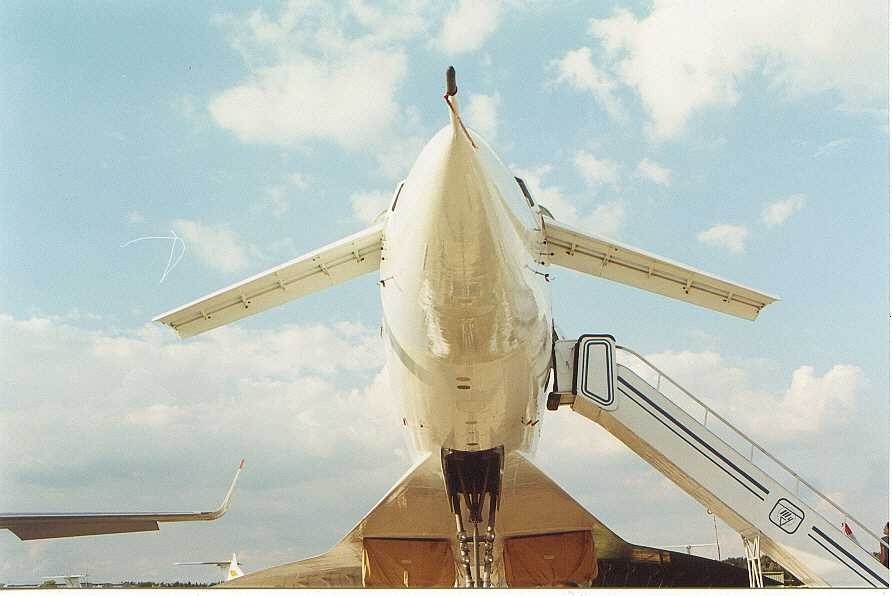
The Tupolev Tu-144LL was a variant of the Soviet Union’s Tu-144, the world’s first commercial supersonic transport. The LL version served as a testbed for NASA’s High-Speed Research program. Despite its impressive speed and capabilities, technical difficulties and safety concerns prevented it from achieving widespread commercial success.
Sukhoi T-4
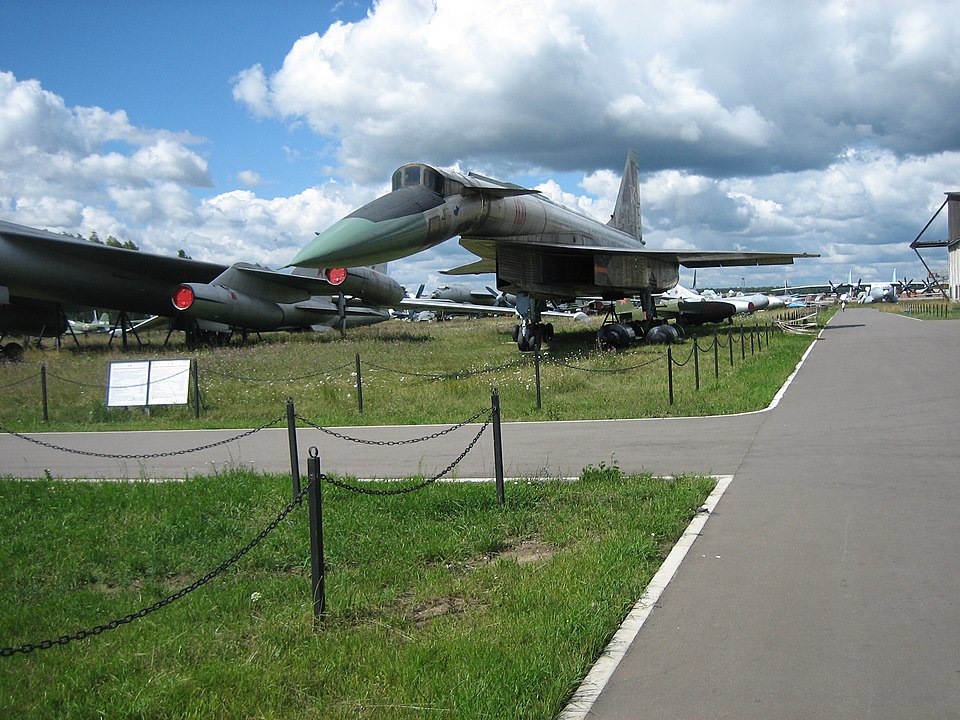
The Sukhoi T-4 was a Soviet prototype supersonic bomber developed to challenge the American XB-70 Valkyrie. It featured cutting-edge technology, including a titanium structure and advanced aerodynamics. Despite its potential, the project was terminated due to budget constraints and strategic shifts in military priorities.
Hughes H-4 Hercules (Spruce Goose)
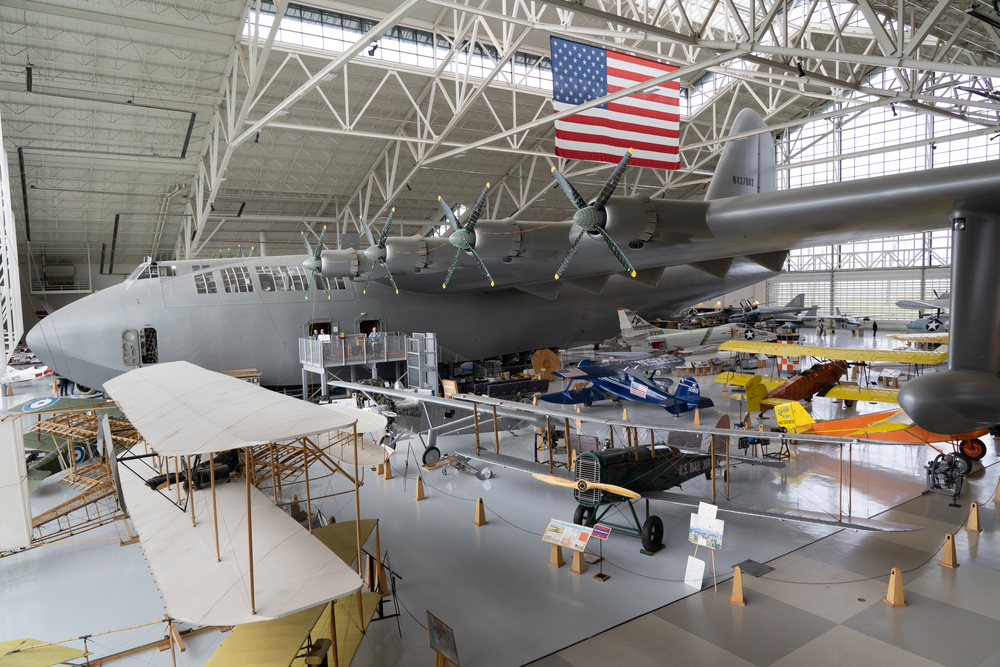
The Hughes H-4 Hercules, also known as the “Spruce Goose,” was the largest flying boat ever built. Made primarily of wood due to wartime material shortages, it was intended for transatlantic flight with heavy cargo. It flew only once for a brief period, largely as a demonstration, and never entered commercial service due to its impractical size and weight.
Northrop YB-49
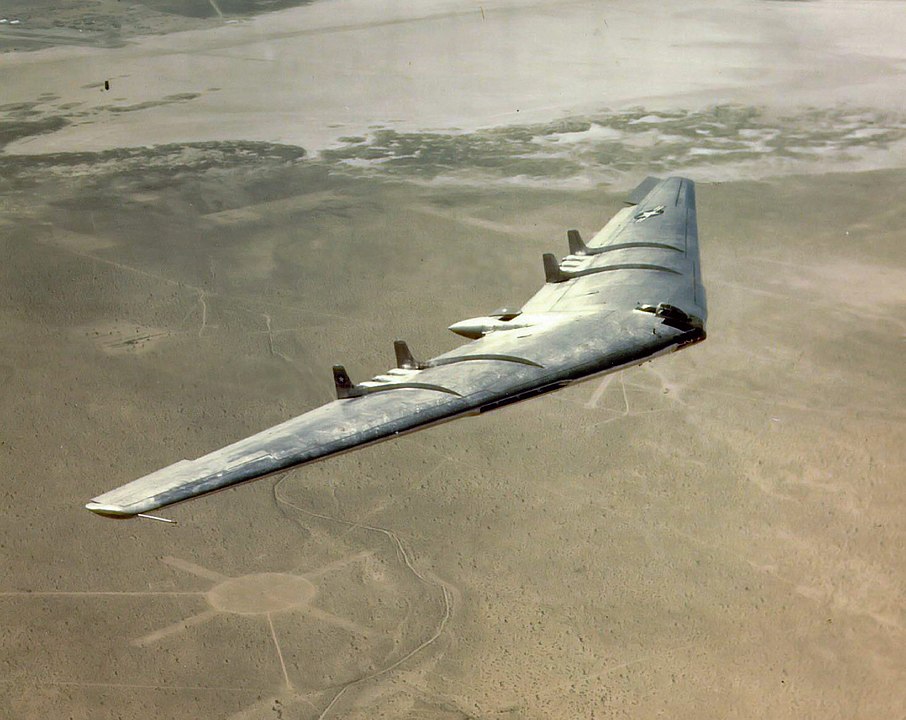
The Northrop YB-49 was a revolutionary flying wing bomber developed by the United States Air Force. Its unique design promised superior aerodynamics and stealth capabilities. Despite its innovative concept, stability issues and the advent of more advanced jet engines led to its discontinuation.
Fairey Rotodyne
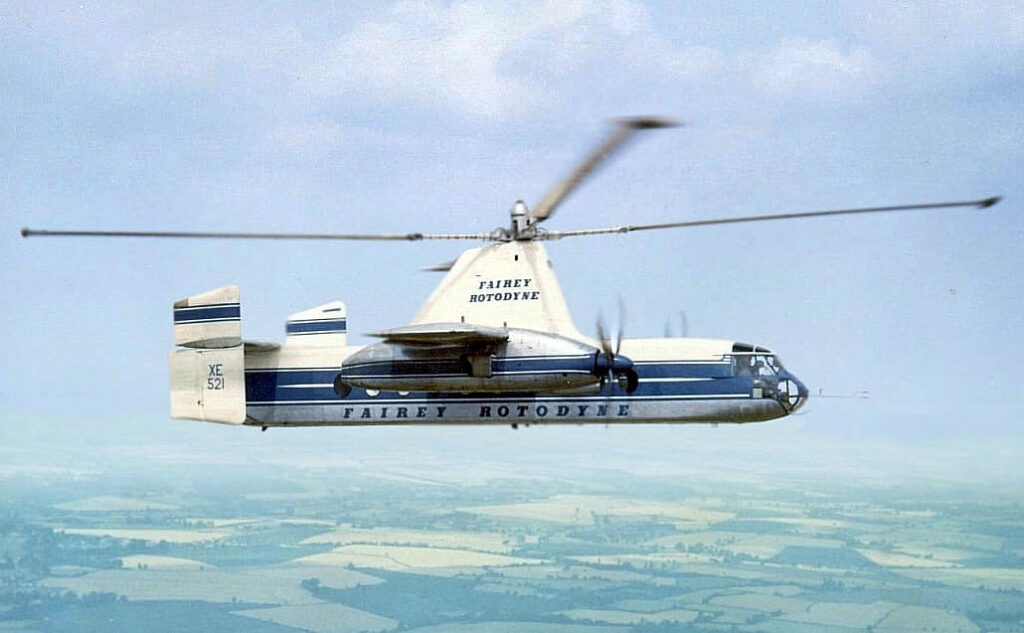
The Fairey Rotodyne was a British compound gyroplane designed for both vertical takeoff and efficient forward flight. It combined helicopter and fixed-wing aircraft features, aiming to revolutionize short-haul air travel. Noise issues and lack of commercial interest led to the project’s cancellation despite its promising technology.
NASA AD-1
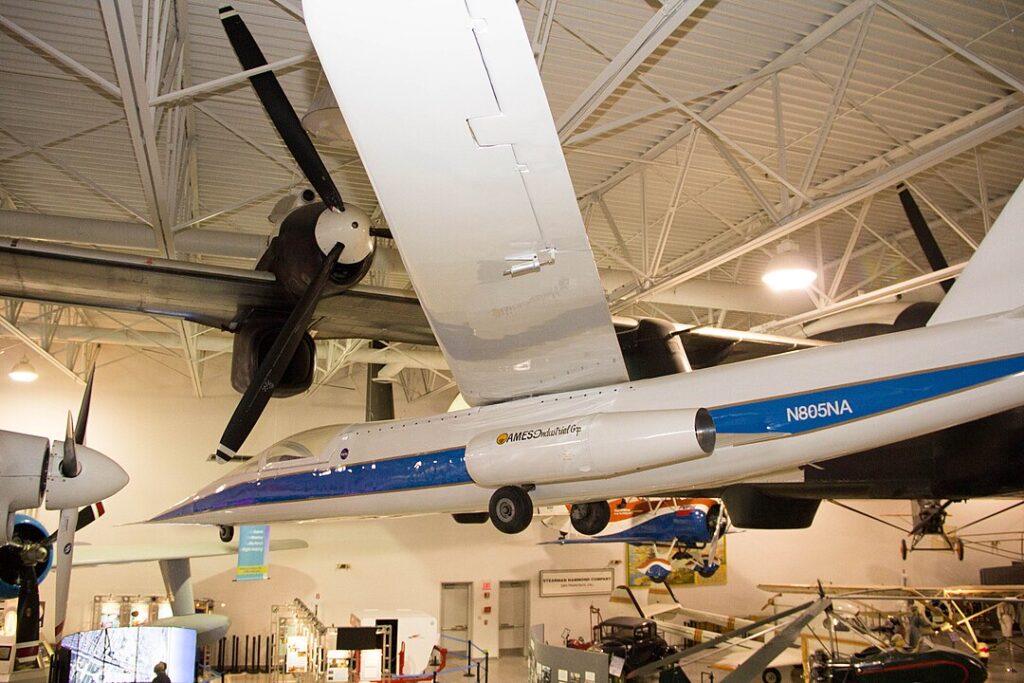
The NASA AD-1 was an experimental aircraft featuring a unique oblique wing design that could pivot to optimize aerodynamic efficiency at various speeds. It demonstrated potential fuel savings and improved performance but never saw commercial application due to complex control challenges and limited practical use.
Douglas X-3 Stiletto

The Douglas X-3 Stiletto was an experimental jet designed to investigate high-speed flight. Its sleek, slender design aimed to reach supersonic speeds, but it fell short due to insufficient engine power and stability issues. Nevertheless, it provided valuable data for future aircraft designs.
Avro Canada CF-105 Arrow
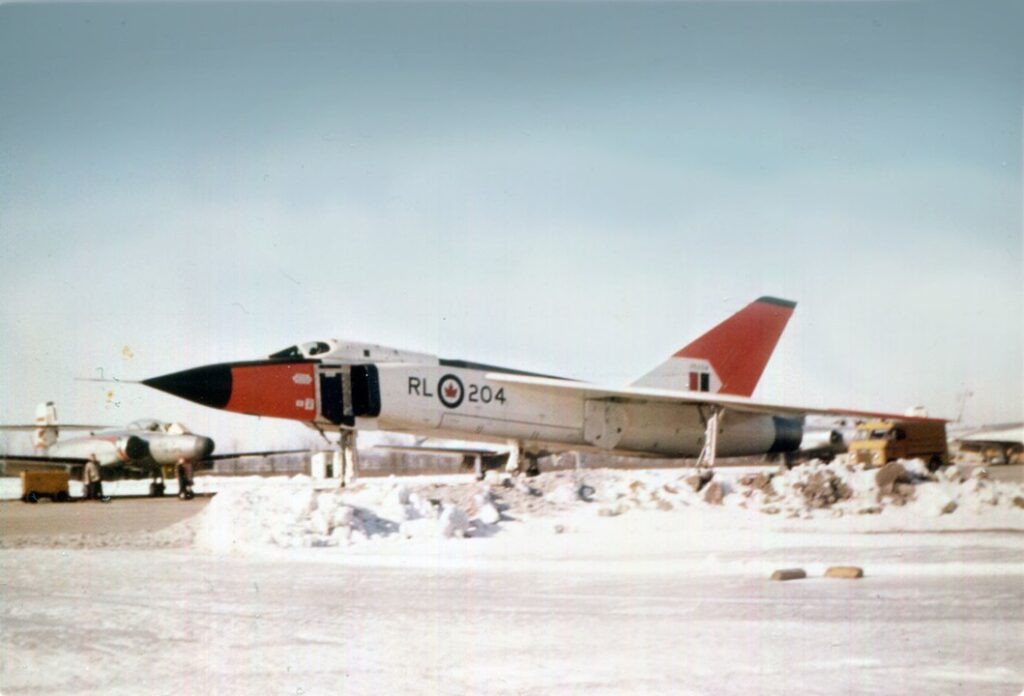
The Avro Canada CF-105 Arrow was an advanced, all-weather interceptor aircraft developed in the 1950s. With cutting-edge avionics and high performance, it was poised to secure Canadian airspace against potential threats. Despite its promise, the project was abruptly canceled due to political and economic pressures.
Rockwell X-30 National Aero-Space Plane

The Rockwell X-30 was an ambitious project aimed at developing a single-stage-to-orbit spacecraft. Its revolutionary scramjet engine design promised to make space travel more efficient. However, technical challenges and budget overruns led to the project’s termination before it could achieve flight.
Northrop XP-79
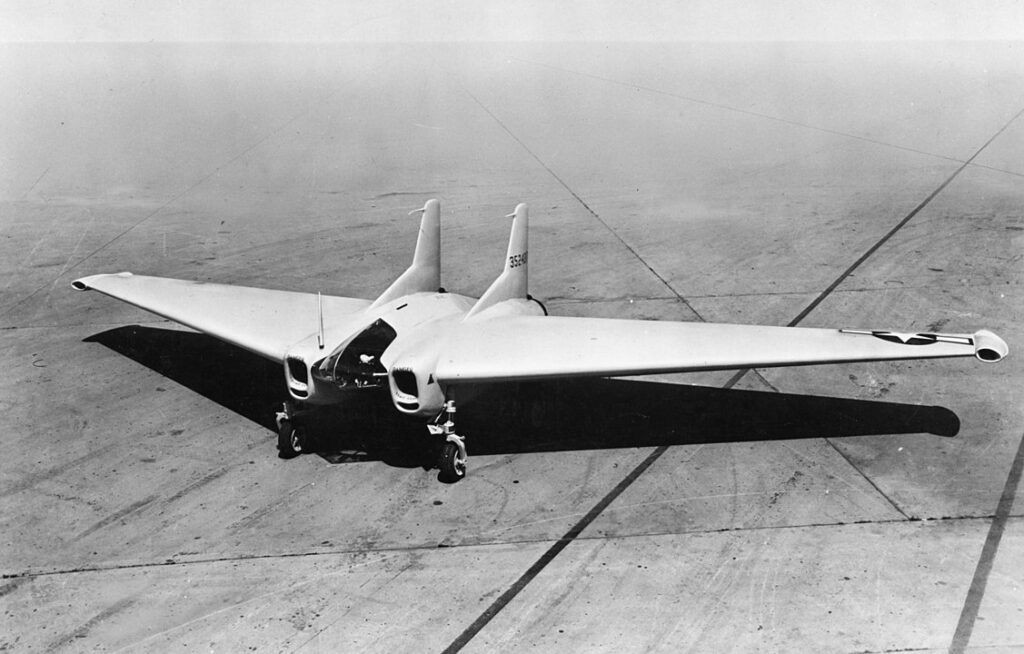
The Northrop XP-79 was an unconventional flying wing fighter designed for high maneuverability and speed. It featured a magnesium alloy structure and rocket engines. Despite its innovative design, it never progressed beyond the prototype stage due to a fatal crash during its first flight.
Boeing X-32
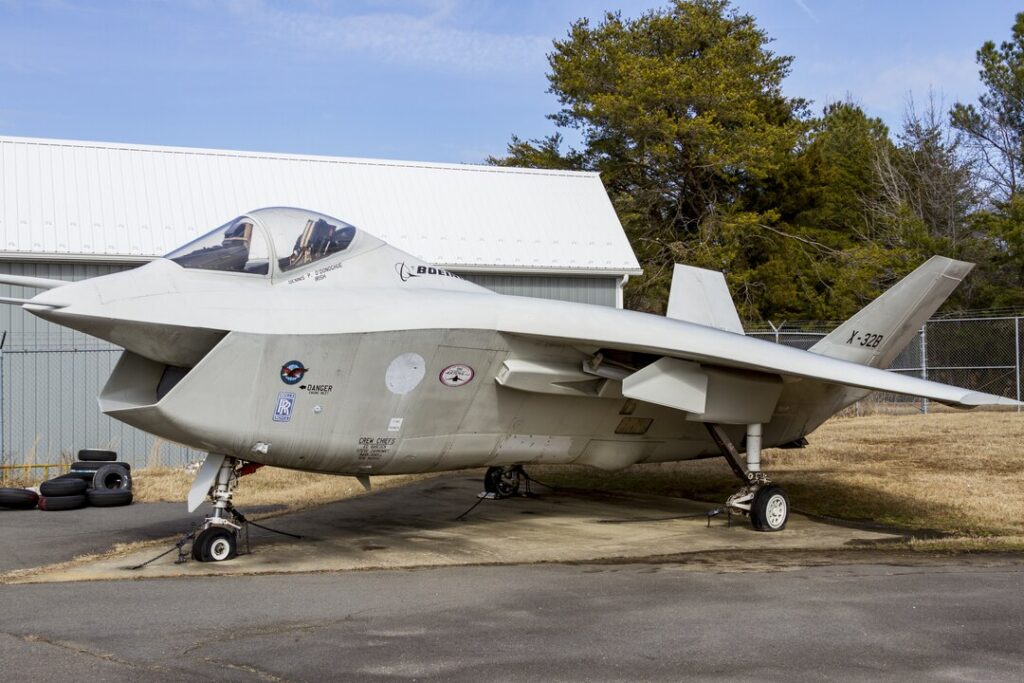
The Boeing X-32 was a contender in the Joint Strike Fighter competition, designed to be a versatile, multi-role combat aircraft. Despite its innovative features, including a one-piece wing and advanced stealth technology, it lost to the Lockheed Martin X-35, and thus never entered commercial production.
This article originally appeared in MyCarMakesNoise.
More from MyCarMakesNoise
10 Motorcycles That Will Run for Decades Without Breaking Down

When it comes to choosing a motorcycle, reliability is often one of the top concerns for riders. Whether you’re commuting daily or embarking on long road trips, having a bike that can run for decades without breaking down is essential. Read More.
15 Top Luxury Sedans with Powerful V6 Engines

Regarding luxury sedans, a powerful V6 engine can transform a smooth, elegant ride into an exhilarating driving experience. Combining the best of both worlds – luxury and performance – these sedans offer more than just plush interiors and cutting-edge technology. Read More.
10 Military Aircraft Features Pilots Find Frustrating

Military pilots operate some of the most advanced and powerful machines in the world, but these aircraft are not without their challenges. While they are designed to perform under the most extreme conditions, certain features can make a pilot’s job more difficult and, at times, downright frustrating. Read More.



